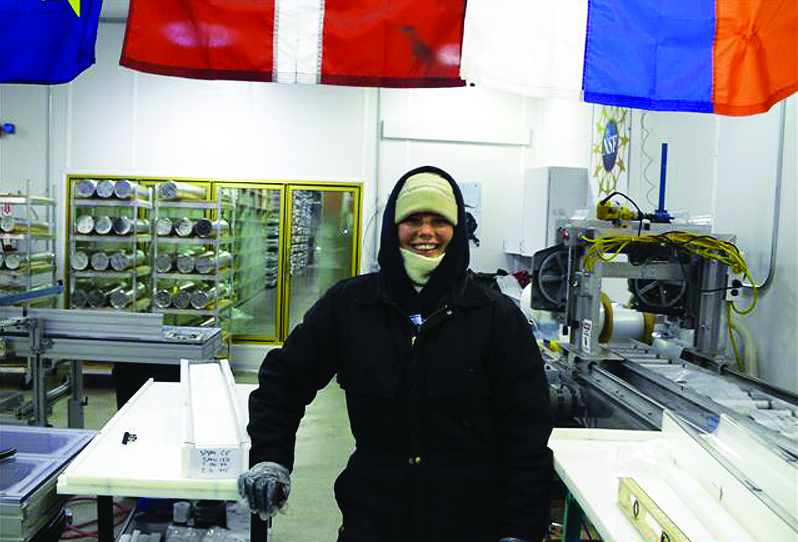
Ice. It's frozen water, right? We use it to chill beverages. To reduce swelling. It makes ponds perfect for skating. And roads dangerous for driving. But would you believe it can tell the story of our lives? Or the history of our planet? This is not some kind of new-age ice reading either.
IT'S HARD SCIENCE. ICE SCIENCE.
Essentially, it goes something like this. The story of our world is written in snow. Or more specifically in the layers of deposited snow that fall each year in the high and cold places of the planet, which eventually compact into ice and form glaciers. Those layers are like chapters in an encyclopedia, a natural chronicle of years, which document the climatic and atmospheric conditions of the earth at the time in which the snow originally fell. Studying or reading these layers allows scientists to know what was happening on our planet thousands of years ago and is the key to understanding global climate change.
It's essential, cutting-edge research. And it's happening right here in Denver at the National Ice Core Lab (NICL), which stores, curates and studies ice cores drilled in the Polar regions of the world. The NICL is owned by the National Science Foundation, and operated and maintained by the U.S. Geological Survey.
In one of the "warmer" rooms of the freezer, the one kept at -24 degrees Celsius to be specific, Lacey Fischer, RC '11, a student intern from Regis University, diligently goes about her duties. Bundled in layers of winter clothing, she employs a variety of saws and hand tools, delicately preparing ice samples for scientists to study. Her number one priority is to ensure the integrity of the ice, so it can be most useful in this important research.
Fischer, an environmental science major from Denver, Colo., decided that she wanted to intern at the NICL her sophomore year at Regis when she visited the facility with her geology class. She finally had an opportunity to secure an internship in her final semester. "I am fortunate to be working with scientists who are pioneering in the field of ice science," Fischer says. "It is a great learning experience."
This formative learning experience was facilitated by Betty Adrian, an alumna of the Regis College Class of 1981. Adrian, the technical director for the NICL, understands that the value of this educational partnership goes both ways. "Internships help lay a solid foundation for students as they graduate and move into the next phase of their lives," says Adrian. "In addition, a lot is learned by those who bring an intern into the workplace. Seeing the passion that many of these students have is rejuvenating and can excite staff and management to perform better. It is truly a win-win relationship that helps build tomorrow's leaders."
Internships also help students discern career paths. Sometimes, a student immediately falls in love with the work and knows that it will be a lifelong vocation. Others learn what they don't want to do. Fischer falls into the former category. Her internship confirmed that her passion could find a suitable outlet in the working world. She will continue her work with the NICL until September, processing a fresh set of ice cores from the West Antarctic Ice Sheet. Afterwards, she plans to apply for graduate school in biology.
For now, Lacey spends a lot of her time hanging out in a freezer, which won't sound half as bad once the sweltering summer descends. It's her passion after all. And it's for a good cause. There is much to be learned from ice. The columns extracted from glaciers, the shards pulled from these mammoth time capsules, have much to teach human kind about its own story. About its past and its future. Thanks to her internship with the NICL, Lacey Fischer will likely find that ice played an equally essential role in the story of her own life.
